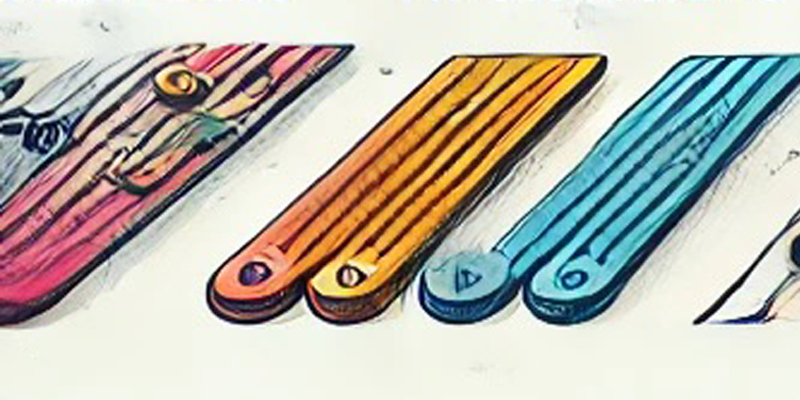Power chord theory involves understanding and playing chords that consist of the root note and the fifth, omitting the third. This gives power chords their distinctive, strong sound, making them popular in rock, punk, and metal music.
Basic Power Chords
- F5: 133XXX
- G5: 355XXX
- A5: 577XXX
How to Use Power Chords
- Learn the Shapes: Memorize the finger placements for each power chord. Use chord diagrams to help visualize the finger positions.
- Practice Finger Placement: Place your index finger on the root note and your ring finger (or pinky) on the fifth.
- Strum the Chords: Strum only the strings indicated in the chord diagrams, muting the unused strings with your index finger.
- Move the Shapes: Practice moving the shapes up and down the neck. The root note (the lowest note in the chord) determines the chord name.
- Use in Songs: Apply these power chords to play songs. Many songs in rock, punk, and metal genres use power chords extensively.
Tips for Practicing Power Chords
- Finger Strength: Practice regularly to build the finger strength needed to press down multiple strings.
- Muting Strings: Use your index finger to mute the strings you aren't playing to prevent unwanted noise.
- Consistent Pressure: Apply consistent pressure to the strings to avoid buzzing or muted sounds.
- Rhythmic Precision: Pay attention to your strumming hand and ensure you are strumming in time with the music.
- Practice Daily: Incorporate power chords into your daily practice routine to improve consistency and accuracy.
Example Exercise
Power Chord Progression Practice:
- Play the following chord progression: F5 - G5 - A5 - Bb5.
- Strum each chord for four beats.
- Focus on smooth transitions between chords.
- Repeat until you can play the progression smoothly and at a steady tempo.
By understanding and practicing power chord theory, you'll add a powerful and dynamic element to your guitar playing, perfect for rock and metal genres.

